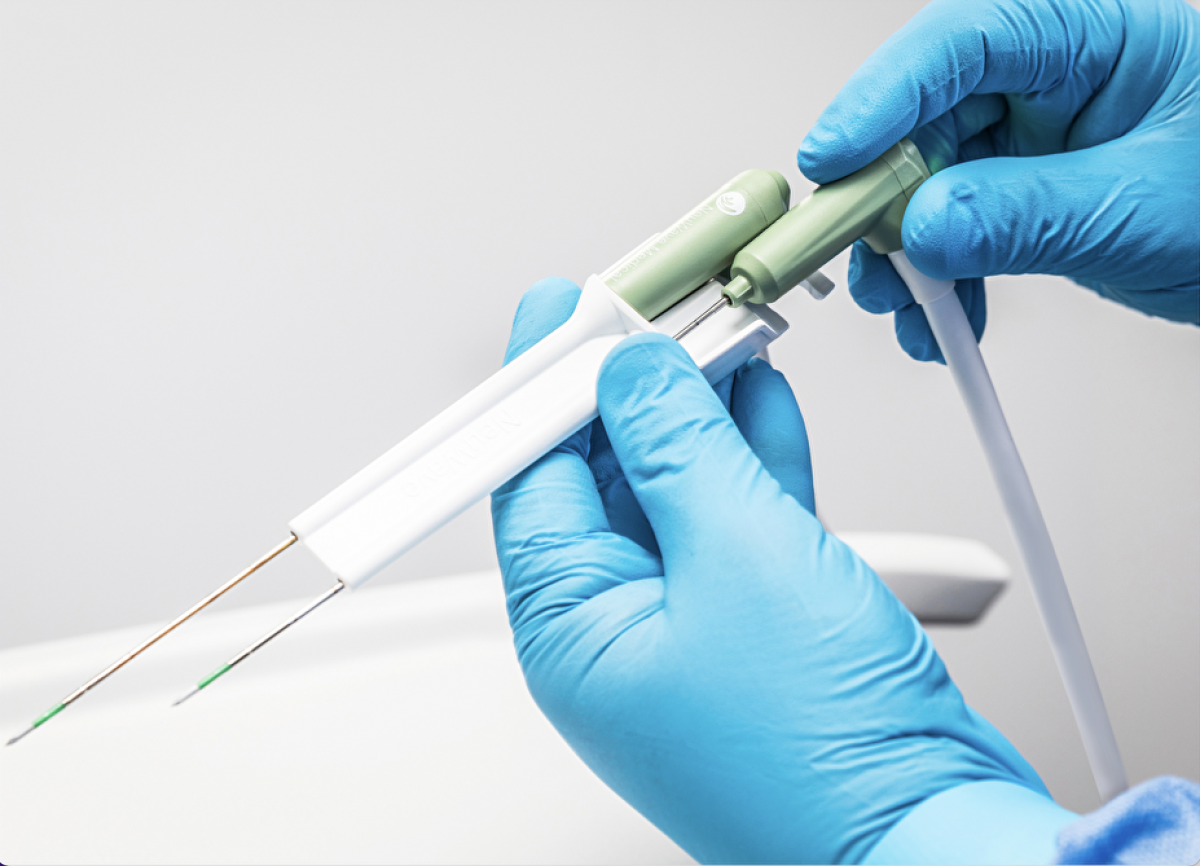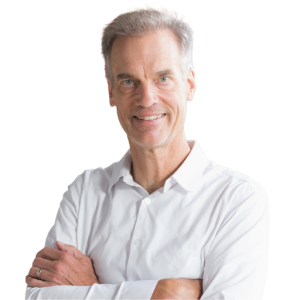
Celebrating UW–Madison’s Legacy of Research-Driven Innovation

Before the Technology Entrepreneurship Office (TEO) was established at UW–Madison, faculty like Professor Dan van der Weide were already demonstrating how groundbreaking research can turn into marketable products that make a positive impact in bettering our world. A pioneer in high-frequency electronics and a founder of NeuWave Medical—a startup later acquired by Johnson & Johnson—Professor van der Weide’s work exemplifies the entrepreneurial spirit that TEO supports across campus.
We asked five questions to explore how Professor van der Weide’s research journey has shaped industries, what challenges his team faced in commercializing their work, and how offices like the TEO can empower the next generation of innovators.
1. How has your research in terahertz and microwave technologies translated into real-world applications or commercial products?
Prof. van der Weide: Much of our work in high-frequency electronics has focused on enabling new forms of sensing and imaging. One of the most impactful outcomes was the development of microwave ablation technology for treating tumors, which led to the founding of NeuWave Medical. That technology is now used in hospitals around the world and was ultimately acquired by Johnson & Johnson. It’s incredibly rewarding to see something that started in the lab make a difference in patients’ lives.
2. What challenges have you encountered in moving your innovations from lab to the marketplace?
Prof. van der Weide: The biggest challenge is often the translation gap—bridging the technical proof-of-concept with a viable product that meets regulatory, clinical, and market needs. Navigating intellectual property, forming the right business partnerships, and securing early-stage funding are all complex processes. At the time, we didn’t have a centralized resource like TEO, so we had to build those connections ourselves. Having a dedicated office now is a huge asset for today’s researchers.
3. In what ways do you see your research contributing to emerging fields like biomedical diagnostics, wireless communication, or chip-scale sensing?
Prof. van der Weide: Our research is increasingly focused on chip-scale sensing technologies that operate at terahertz and microwave frequencies. These systems are compact, energy-efficient, and capable of detecting subtle molecular and material changes—making them ideal for non-invasive biomedical diagnostics, environmental monitoring, and security screening.
We’re also exploring how these technologies can be integrated into next-generation wireless communication systems, potentially enabling faster, more secure data transmission beyond 5G. The convergence of high-frequency electronics with scalable chip platforms opens up exciting possibilities for real-time sensing, portable diagnostics, and smart infrastructure. We’re just beginning to tap into what’s possible, and the implications for both industry and society are significant.
4. How do you involve students and collaborators in the entrepreneurial aspects of your research?
Prof. van der Weide: I try to expose students to the full innovation lifecycle—from fundamental research and prototyping to customer discovery and commercialization. Many of my students have gone on to work in startups or pursue their own ventures, and I see that as a natural extension of the hands-on, interdisciplinary work we do in the lab.
Through my involvement with Wisconsin CHIPS, we will have the opportunity to connect students with broader efforts in semiconductor innovation and workforce development. This initiative is helping to build a regional ecosystem around advanced microelectronics, and it’s a great platform for students to see how their research can contribute to national priorities and industry needs.
Collaborating with colleagues in biomedical engineering, materials science, and clinical medicine also helps students understand how their technical skills can be applied in real-world contexts. I want them to see that research doesn’t have to stop at publication—it can lead to products, companies, and real societal impact.
5. What role do you think the TEO can play in accelerating research across campus?
Prof. van der Weide: TEO can be a catalyst—helping researchers identify opportunities early, navigate the commercialization process, and connect with the right partners. It’s not just about launching startups; it’s about building a culture where innovation is supported and celebrated. If TEO had existed when we were launching NeuWave, it would have saved us a lot of time and uncertainty. I’m excited to see how it can empower the next generation of faculty and students.
Written by: Jen Fenton